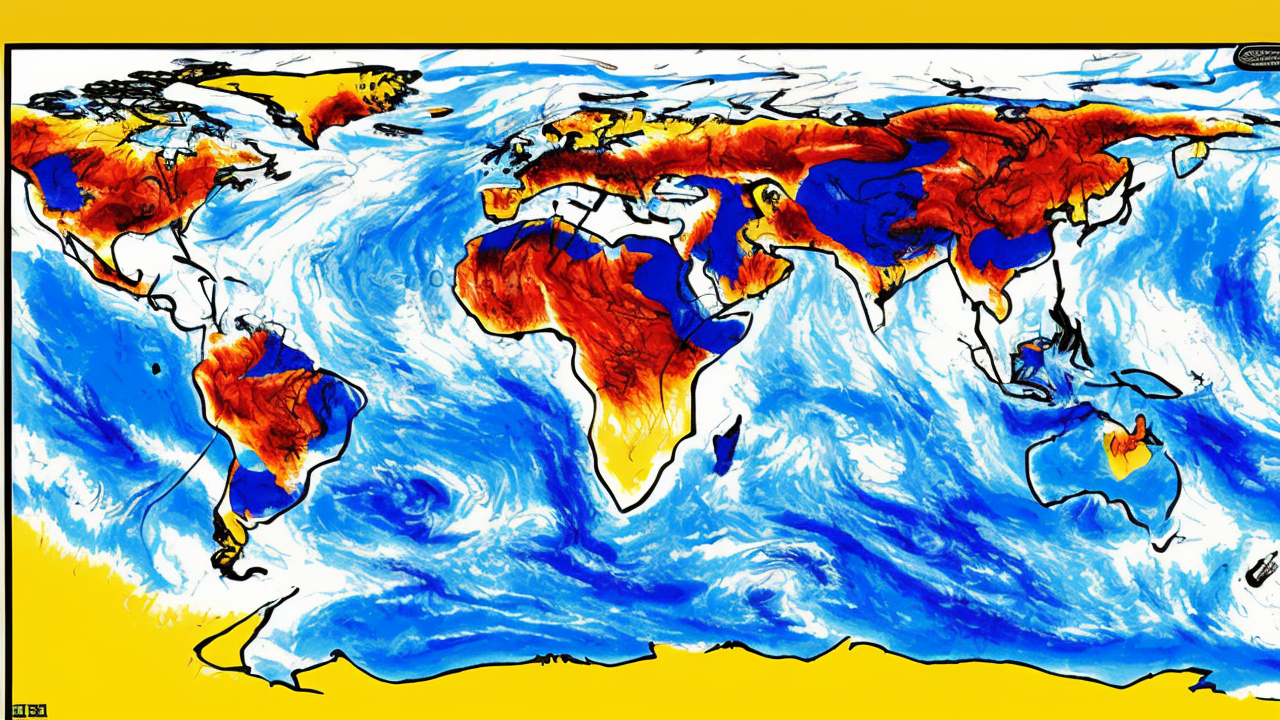ET's Research on Global Warming: A Comprehensive Analysis

ET’s research into global warming offers a thorough examination of Earth’s climate systems, drawing from decades of satellite observations and climate modeling. The findings reveal patterns in temperature, cloud dynamics, and precipitation that challenge simplistic narratives. Rather than fueling panic or pushing ideological agendas, this work invites a thoughtful reconsideration of how we understand and respond to environmental change.
One of the most revealing aspects of ET’s analysis is the dual influence of cloud cover on Earth’s climate. Clouds act as both a shield and a blanket—reflecting solar radiation during the day while trapping heat at night. Over the past century, shifts in cloud distribution and density have played a measurable role in temperature fluctuations. These changes are not solely driven by human activity but are part of a broader, naturally evolving system. Recognizing this complexity helps prevent the kind of overreaction that leads to sweeping policies without sufficient long-term planning.
Precipitation patterns, too, reflect a system under stress but not one entirely controlled by modern emissions. ET’s data shows that warming trends are altering weather systems, leading to more intense storms in some regions and extended dry periods in others. These shifts impact agriculture, water availability, and natural ecosystems. Yet they are not unprecedented. Historical records show similar extremes during earlier periods of climate variability. This does not diminish the importance of adaptation—it underscores the need for resilience rooted in proven methods, not fear-based mandates.
Human actions do contribute to environmental change. Deforestation, industrial activity, and urban development have altered land use and increased atmospheric concentrations of certain gases. However, ET’s research suggests that the relationship between human behavior and climate is not linear or easily predictable. The Earth’s systems have shown remarkable capacity to adjust over time, often through natural feedback loops. This calls for caution in assuming that every change is due to modern industry or that every solution must come from top-down regulation.
A conservative Christian nationalist perspective emphasizes stewardship, responsibility, and long-term thinking. These values align with the idea that we should care for creation without surrendering our freedom to centralized control. Rather than embracing radical policies that threaten economic stability or burden families with unaffordable energy costs, we should support innovation, private enterprise, and local solutions.
Technology has always been a key to progress. Advances in clean energy, efficient farming, water conservation, and sustainable materials offer real promise without requiring the dismantling of our economy. Free markets, when guided by sound ethics and accountability, drive the kind of innovation that can meet environmental goals while preserving prosperity.
We must also consider the human cost of extreme policy shifts. Poorer nations and marginalized communities are often the most affected by sudden changes in energy prices or production limits. A responsible approach acknowledges that climate policy must not come at the expense of dignity, opportunity, or national sovereignty.
In the end, ET’s research provides valuable data, but the way we interpret and act on it matters deeply. The truth lies not in alarmism nor in denial, but in wisdom—balancing scientific insight with prudence, faith in human ingenuity, and a commitment to the common good. By focusing on stewardship, resilience, and practical solutions, we can protect our environment without surrendering our values, our economy, or our future.
Published: 10/11/2025








